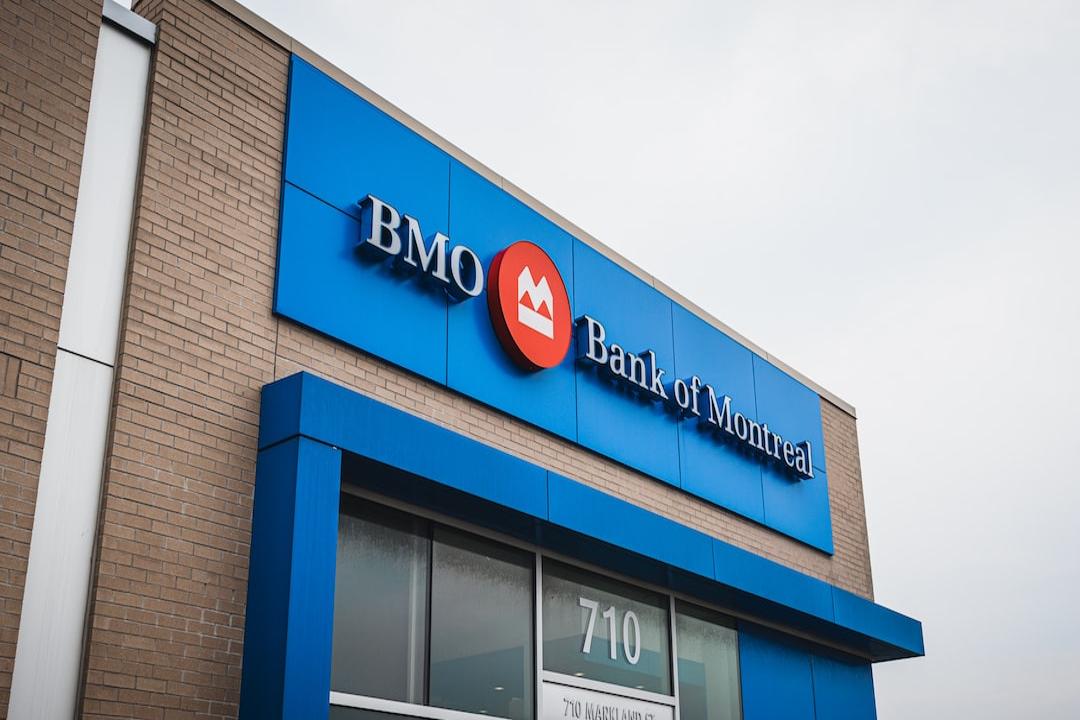After the Bitcoin halving, prices of the cryptocurrency either dropped or remained stagnant, leading to speculation that the activity in BTC prices may calm down as outflows from spot ETFs continued.
Data from the U.S. spot Bitcoin (BTC) ETF on April 30 revealed that the GBTC saw net outflows of over $93 million in a single day, contributing to a total outflow of more than $162 million across four tradable funds.
While Grayscale’s Bitcoin ETF outflows have slowed down recently, the historical outflows from GBTC are still substantial, totaling over $17.3 billion since its conversion in January. Grayscale CEO Michael Sonnenshein has mentioned that the outflows are expected to decrease as the year progresses, and he also addressed the high fee of GBTC, stating that it would reduce over time.
Despite six funds experiencing zero net inflows, experts have noted that this trend is common on Wall Street due to the large number of ETFs trading in America. One product offered by ARK 21Shares saw a deviation from this trend, attracting over $3 million in net inflows.
The total net asset value of assets under management in spot Bitcoin ETFs has fallen below $50 billion according to SoSoValue data, with the decline attributed to Grayscale outflows and Bitcoin prices.
Following the drop in Bitcoin prices, which fell below $57,000 for the first time in two months, there is a correlation between spot ETF activity and Bitcoin prices. Despite expectations that spot BTC ETF demand would drive prices up, on-chain indicators have pointed towards stagnant prices and market retracement.
The general sentiment remains positive regarding the long-term impact of U.S. spot ETFs and the Bitcoin halving. Bitwise CIO Matt Hougan has emphasized that the reduction of $11 billion in annual BTC supply due to the halving should ultimately lead to an increase in market prices within a year.

